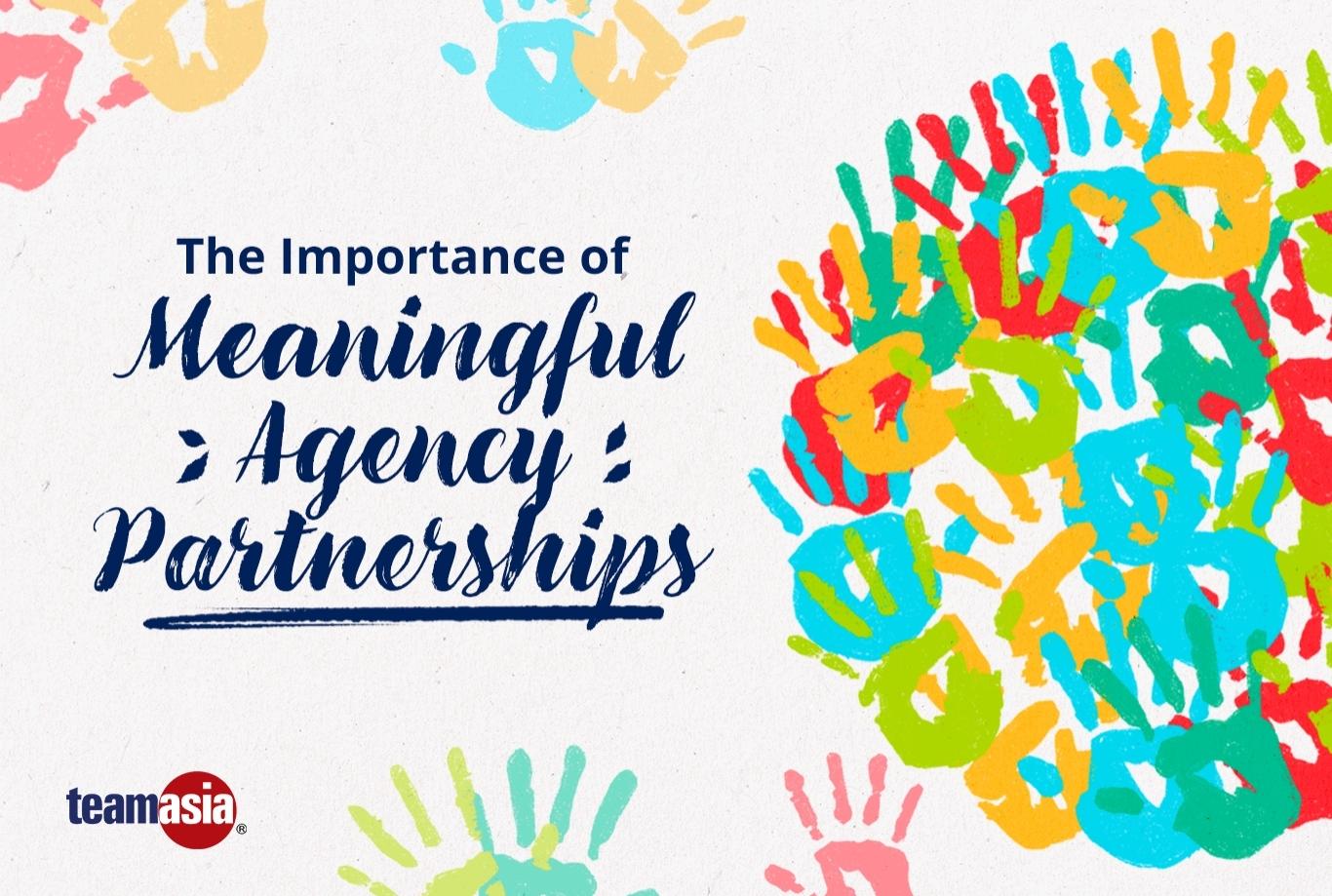PHL game development industry: Getting ahead of the game
GDAP hopes for bigger share of global market
(Manila, Philippines) — The PC and game consoles industry is rapidly evolving, and advancements in processing, programming, graphics, and design will continue to spur the growth of the game development industry. International research firm MarketsandMarkets reports that the global animation and gaming market will be worth US$242.92 billion by 2016.
Industry revenue primarily comes from PC games and devices that carry games as a secondary feature. However, the most notable development in the game industry is the proliferation of mobile devices such as smartphones and tablet computers. This has expanded opportunities for increased revenues and employment in the game development sector.
“The worldwide game industry is estimated to hit up to US$90 billion by the end of 2012. The top game development companies are trying hard to sort through to still find ways to continuously better their business models,” said Alvin Juban, president of the Game Developers Association of the Philippines (GDAP).
“Economies of scale are favoring the smaller game studios right now because of smaller burn rates and especially with the trend of using newer and more cost-efficient game engines. What has been also getting a lot of attention is the trend in serious games, which in a nutshell, is gamified learning of almost any topic,” said Juban. He added that companies and indie developers are now more keen on “crowdsourcing” to get their games ideas on the production line.
GDAP, a partner association of the Business Processing Association of the Philippines, reports that the country’s game development sector is still in its infancy, with only about 60 firms as of December 2011. Despite this, the local gaming sector aims to get a big slice of the industry and increase its 0.2 percent share in the global game development market. In 2011, the industry had less than 3,000 employees and earned US$12 million in revenues, an increase of 13 percent from 2010.
“Game development companies based in countries like Taiwan, Korea, Japan and recently France have explored opportunities for joint venture projects with us, as well as training partnerships and consultancy for establishing a Philippine presence,” Juban said.
The Philippines provides a rich stream of talented workforce who are equipped with the skills set to perform character design, game programming, application programming for use in games (such as the creation of chat application for online games), user interface design, motion capture services, game art and animation, voice dubbing and sound production, game porting (translation of existing games into other language formats or into other platforms), game testing, and gamer community support.
“The lingering bearish global climate in the US and Europe has moved players to start extending their resources offshore to create competitiveness. With a highly-trainable and competent talent pool, we are confident that global clients will realize the potential of the Philippines as the destination of choice for outsourcing game development services,” he said.
Juban also noted that game developers, IT professionals, and graphic artists in the Philippines also provide support for game management for top games like Farmville and casual games for social networking sites like Facebook. Other skill sets that Filipino game developers possess include end-to-end game development of mobile and casual games, character creation, 2D and 3D art and animation, 3D modeling and texturing, motion capture clean up and editing, custom game design and development, game testing, concept design, concept art, character illustration, all of which require meeting international standards of world-renowned game publishers.
For Juban, the game development industry is the place to be. “With the booming sales of tablets and smartphones seen to blow the top off most predictions, it is obvious that a game development career is one of the most aspirational options in the world,” said Juban. “And being called a ‘game developer’ is probably the sexiest job title right now for the new generation.”
With the Philippines hoping for up to five percent of the global market share in the next three years, the game is clearly far from over.
About BPAP
The Business Processing Association of the Philippines (BPAP) is the umbrella association for the IT-BPO and GIC (Global In-House Center) industry in the Philippines. BPAP serves as the one-stop information and advocacy gateway for the industry. With approximately 300 industry and support-industry members, including five associations—Animation Council of the Philippines, Contact Center Association of the Philippines, Game Developers Association of the Philippines, Healthcare Information Management Outsourcing Association of the Philippines, and Philippine Software Industry Association—BPAP plays a pivotal role in sustaining rapid growth of the IT-BPO and GIC industry by working to ensure an enduring supply of high quality labor, supporting service innovation, and providing country visibility.
BPAP assists investors in setting up operations easily and quickly in the Philippines. Relevant research, introductions to key government and industry officials, and a series of briefings at each step of the investment process ensure a seamless development process. On-going support is provided through a wide variety of initiatives, including programs for HR development, business development, and on-going knowledge sharing and networking opportunities.





